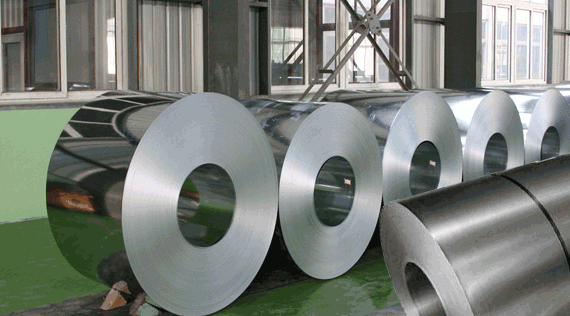
LONDON (Reuters) - The global steel industry may have to write down up to $70 billion in assets in the coming years because it is still building new blast furnaces using coal that will become obsolete as the world cuts carbon emissions, a report said on Tuesday.
Some 50 million tonnes of steelmaking capacity is under development using blast furnace technology, largely in top producer China, U.S.-based think-tank Global Energy Monitor (GEM) said in the report.
“Building new coal blast furnaces is a bad bet for steel producers and a bad bet for the planet,” said Christine Shearer, GEM’s coal programme director.
Blast furnaces using coal could become unnecessary or inoperable, resulting in “stranded assets” worth $47 billion to $70 billion, the report said.
“Based on projections from the IEA and other groups, (they could become stranded) quite likely by 2030-2040. It could be sooner if more aggressive carbon taxes/restrictions are applied,” said Caitlin Swalec, lead author of the report.
Total direct emissions from the global iron and steel sector must fall by more than 50% by 2050 relative to 2019 to meet goals of the Paris Agreement on climate change, according to the International Energy Agency (IEA).
New plants are being built even though there is large swathes of excess global steelmaking capacity, which was 25% above production levels in 2019, GEM said.
Much of the global steel industry acknowledges it will have to slash carbon emissions since the sector accounts for about 7% of greenhouse gas emissions, the group said.
Steel making companies and countries have made commitments to move to net-zero and low carbon emissions that cover more than three-quarters of current global steel capacity, it added.
Steelmakers are looking to expand the use of electric arc furnaces while also developing hydrogen and carbon capture technologies to cut emissions.
GEM used data from its Global Steel Plant Tracker, which surveys every plant operating at a capacity of one million tonnes a year or more.